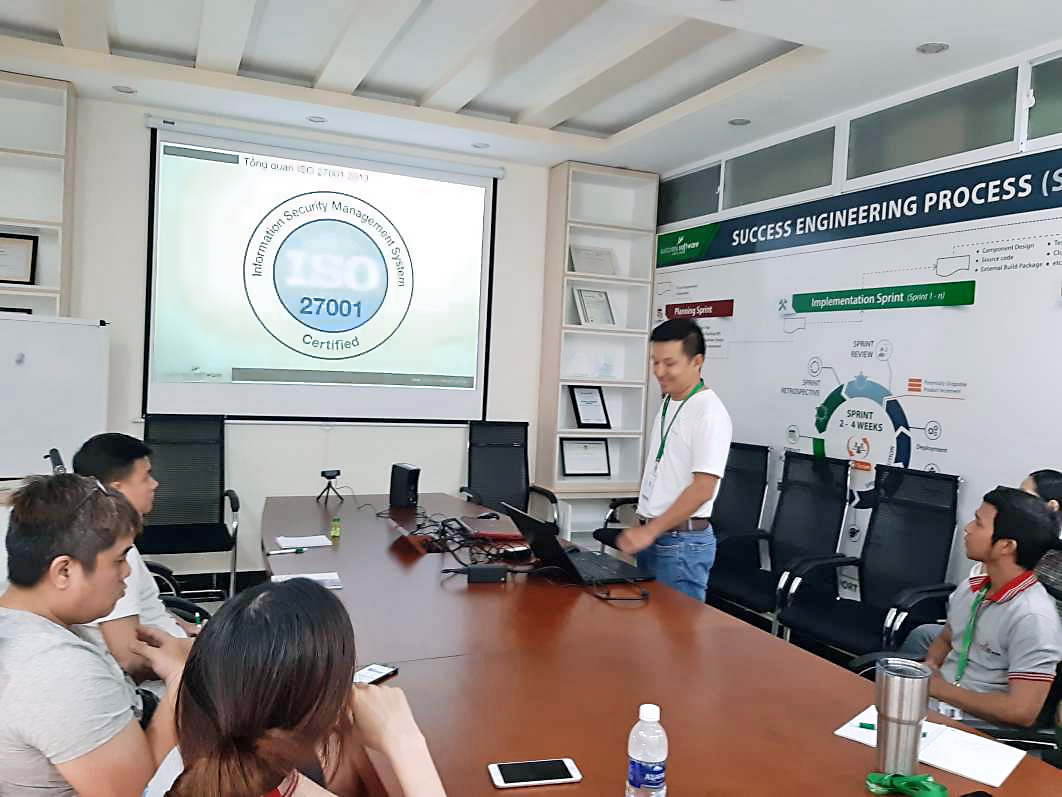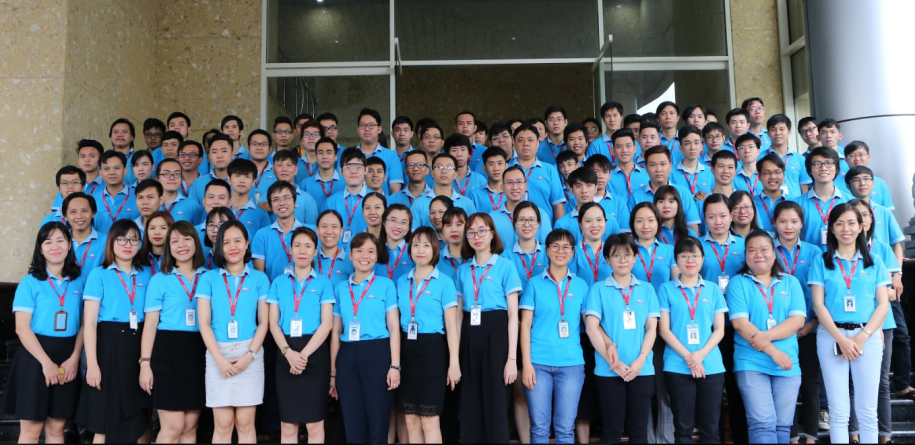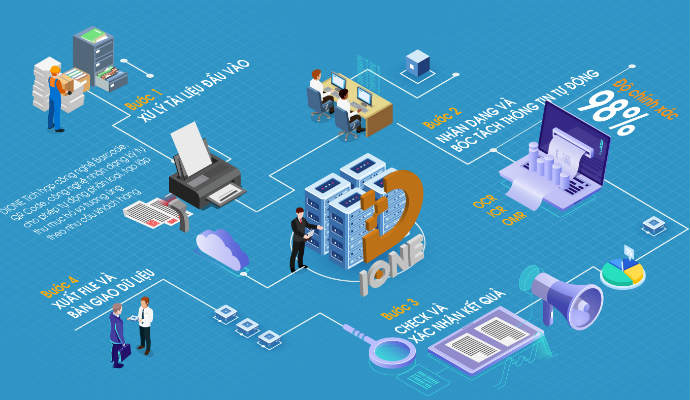In today’s fast-moving global market, partnerships are vital to successfully growing a business, and of increasing strategic importance. Partnerships allow companies with differing competencies and at varying stages of maturity and agility to leverage each other’s strengths. When partnerships fail to deliver on either party’s hopes, or struggle to realize their full potential, it is generally not because of flaws in what was agreed upon. More often, disappointing collaborations are the result of what wasn’t agreed upon or even discussed at all. This is because beyond all of the software requirements and scheduling questions being discussed early in a project, there are too often larger strategic considerations that go completely unmentioned.
At Success Software, we have always embarked on every new customer engagement as if it is the beginning of an enduring partnership that will yield mutual benefit for years to come. We recently celebrated our seventh year in business, having now delivered projects of all sizes to more than 60 customers in 12 different countries. In each and every case, we have delivered successfully on the project’s agreed upon requirements and specifications. In many cases, these successes have earned us renewed engagement with customers and the opportunity to partner further on ongoing initiatives. In other cases however, we’ve learned that satisfying contractual requirements still isn’t enough to guarantee the partnership continues.
As Usual, the Solution was Found in the Data
As part of our company’s focus on continuous improvement, we track each customers satisfaction with project outcomes along various measures. One key insight has been that our customers often embark on projects without having fully considered how our engagement fits within their long-term strategy, or how their needs might change throughout the course of the project. Project stakeholders change, needs evolve faster than expected, and other unplanned changes occur. It was clear to us that nearly all of these changes can be anticipated, or at least better accommodated. We found that early lack of alignment between corporate strategy and project planning has allowed otherwise promising collaborations to conclude long before they reached their full potential.
Our company has long been proactive around the adoption and continuous improvement of processes and methodologies related to the SDLC but, like many companies, we were hesitant to over-indulge in costly pre-sales efforts. It became clear as we examined historical data however, that often it is when we invest the most before formalizing an agreement that the collaboration lasts longest. Most of this investment had been spent simply on a deeper understanding of what each party hoped to accomplish, and it required our customer to commit more effort to the process as well. The data was clear; putting in the extra effort early on is well worth it.
Implementing a New Model
Over a year or so of analyzing the data and extracting lessons, we rolled out a new model for approaching customer engagements with long-term partnership in mind. Drawing on decades of project experience within our management team, and analyzing our company’s own historical experiences, the new model incorporated a more in-depth pre-sales process and added transition processes to guide a project through each phase. The model identifies three steps that correlate with the major phases of a collaboration: Align, Integrate, and Manage. We call it the AIM Model.
The design and continual improvement of the AIM Model is guided by several objectives that we believe every partnership should have:
✓ Ensure that development investments drive the partner’s desired business outcomes
✓ Maximize the time and economic efficiency of software development
✓ Minimize unanticipated changes and the cost of change when it happens
✓ Optimize the collaborative experience between internal and external resources
✓ Proactively address any legal, regulatory, and IP risks to the partner
✓ Correlate equivalent standard processes between teams and fill process gaps
The biggest internal changes that the AIM Model has introduced are in pre-sales and discovery. Implications of the Alignment step even became visible in our marketing messages, as we worked to set the right expectations early on. The customer’s first formal introduction to AIM comes when the Align step is outlined explicitly during the sales process, as a collaborative exercise between two prospective partners.
A number of exercises are included that ensure internal and external capabilities are balanced for complete coverage and maximum efficiency, that project constraints are prioritized, and that the project’s strategic implications for the customer are well understood. Alignment guides everyone through the engagement options and help make the decisions that will optimize the projects for success. The end result is all of the information necessary to create a contractual agreement and transition the project to Delivery, including project objectives, priority of constraints (scope, schedule, budget), and what capabilities the stakeholders are prepared to provide internally.
Next is Integration, a step that consists mostly of planning exercises familiar to any project manager. All of those exercises have become much easier though, now that they benefit from earlier Alignment efforts. Thorough documentation in pre-sales makes for a seamless handoff of project information from the sales team to delivery managers, and the Alignment step’s structured decision-making process ensures that critical details are included and unnecessary surprises are avoided.
Every project begins the Integration step with a short planning sprint (usually just one week) that includes a number of milestones. First is a hand-off meeting to internally review the customer background, the contract, and the project objectives. Soon after, a formal Kick-off Meeting is facilitated, where the team lead is introduced. The team lead then ensures that the customer knows how to work well with our team and make the best use of all the information we provide them during delivery. By the time Integration concludes, all logins are set up, daily updates have begun, and the team is ready to begin development in earnest.
 Of all the steps in the AIM Model, the Management step was most familiar to our teams and required the least adaptation. The processes that Management encompasses are the same processes that have always allowed us to develop and deliver software with reliable quality and precision. Having realized CMMI Level3 accreditation shortly after our company’s founding, and achieving an ISO 9001 designation soon after, all of our employees are accustomed to participating in a rigorously process-oriented Agile practice. As it turned out, communicating in more detail about our Management processes during pre-sales has made Alignment more often result in an agreement. Similarly, during the Integration step we now coach customers on how to most effectively participate in Management, making the most out of the information provided to assess progress and make course corrections.
Of all the steps in the AIM Model, the Management step was most familiar to our teams and required the least adaptation. The processes that Management encompasses are the same processes that have always allowed us to develop and deliver software with reliable quality and precision. Having realized CMMI Level3 accreditation shortly after our company’s founding, and achieving an ISO 9001 designation soon after, all of our employees are accustomed to participating in a rigorously process-oriented Agile practice. As it turned out, communicating in more detail about our Management processes during pre-sales has made Alignment more often result in an agreement. Similarly, during the Integration step we now coach customers on how to most effectively participate in Management, making the most out of the information provided to assess progress and make course corrections.
The end result of this new model has been higher satisfaction with projects, both internally and externally, both measurable and anecdotal. AIM is designed wrap a proven delivery process, not interfere with it. Addition of the Alignment and Integration steps provided our sales and marketing teams with the same process rigor that our software delivery teams have long maintained, improving predictability and accountability. Like all of our processes, this model is subject to our disciplined efforts at continuous improvement, allowing us to incorporate hard-earned lessons into every new project. Best of all, it ensures that every new customer collaboration is placed on a trajectory for true partnership.








